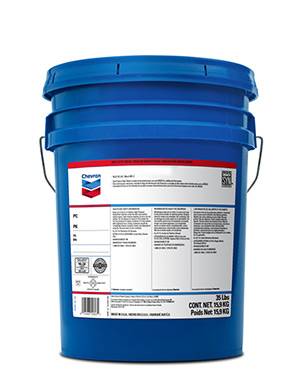Aug . 07, 2024 22:15 Back to list
Exploring the Features and Benefits of a 15mm Butterfly Valve for Fluid Control Applications
The Butterfly Valve A Crucial Component in Fluid Control
When it comes to controlling the flow of liquids and gases in various industrial applications, one of the most efficient and widely used types of valve is the butterfly valve. Among the many sizes available, the 15mm butterfly valve stands out due to its versatility and ease of use. Understanding the characteristics and applications of a 15mm butterfly valve is essential for engineers and technicians working in fluid management systems.
What is a Butterfly Valve?
A butterfly valve is a quarter-turn rotational valve that utilizes a disc, known as the ‘butterfly’, to control the flow of fluid. When the valve is in the closed position, the disc is perpendicular to the flow; when opened, it rotates parallel to the flow, allowing fluid to pass. This simple yet effective design makes butterfly valves ideal for a wide range of applications, from separating media in pipelines to regulating the flow of liquids in various systems.
Features of a 15mm Butterfly Valve
The 15mm butterfly valve is compact, making it suitable for small-scale applications such as residential plumbing, irrigation systems, and automotive industries. Its size allows for seamless integration into tight spaces without significant alteration to existing piping. The lightweight design of a 15mm butterfly valve also leads to easier handling during installation and maintenance.
Another notable feature is its quick operation. The quarter-turn mechanism permits rapid opening and closing, significantly reducing the time needed to control fluid flow. This quick-response capability is particularly beneficial in emergency situations, where immediate action is necessary to prevent overflows or leaks.
Benefits of Using Butterfly Valves
1. Space Efficiency The compact size of the 15mm butterfly valve makes it ideal for installation in confined spaces where larger valves would not fit.
butterfly valve 15mm

2. Cost-Effectiveness Generally, butterfly valves are more affordable than other types of valves, such as gate or globe valves, especially in smaller sizes like 15mm.
3. Minimal Flow Resistance The design of the butterfly valve minimizes pressure loss, allowing for efficient fluid handling and reduced energy costs.
4. Durability Made from materials such as stainless steel, PVC, or ductile iron, butterfly valves exhibit high resistance to corrosion and wear, ensuring a longer lifespan and reduced maintenance needs.
Applications in Various Industries
The 15mm butterfly valve is widely utilized in numerous industries due to its reliability and efficiency. In water treatment facilities, it regulates flow rates and isolates different sections of the plant. In the food and beverage industry, its hygienic design allows for easy cleaning and maintenance, making it suitable for processing applications.
Moreover, in HVAC systems, the 15mm butterfly valve controls air and water flow, promoting energy efficiency and effective climate control. The automotive industry also utilizes these valves in emission control systems, where precise flow regulation is critical to meet environmental standards.
Conclusion
In conclusion, the 15mm butterfly valve is an essential component in fluid control systems across various industries. Its compact size, ease of use, and efficiency make it a preferred choice for many applications. As technology advances, the design and materials used in butterfly valves continue to improve, enhancing their performance and extending their service life. For engineers and technicians involved in fluid management, understanding the features and benefits of the 15mm butterfly valve is crucial to ensure optimal system functionality and reliability. Whether it’s for industrial applications or home plumbing, the butterfly valve remains a vital part of modern infrastructure.
-
Why Metric Trapezoidal Thread is Ideal for Precision Motion ControlNewsAug.05,2025
-
The Unique Properties of a Block of Granite for Industrial UseNewsAug.05,2025
-
The Role of Flanged Y Strainers in Preventing Pipeline ClogsNewsAug.05,2025
-
The Importance of Regular Calibration for Master Ring GagesNewsAug.05,2025
-
How a Cast Iron Surface Table Enhances Accuracy in ManufacturingNewsAug.05,2025
-
Comparing Different Check Valve Types for Optimal Flow ControlNewsAug.05,2025
Related PRODUCTS









